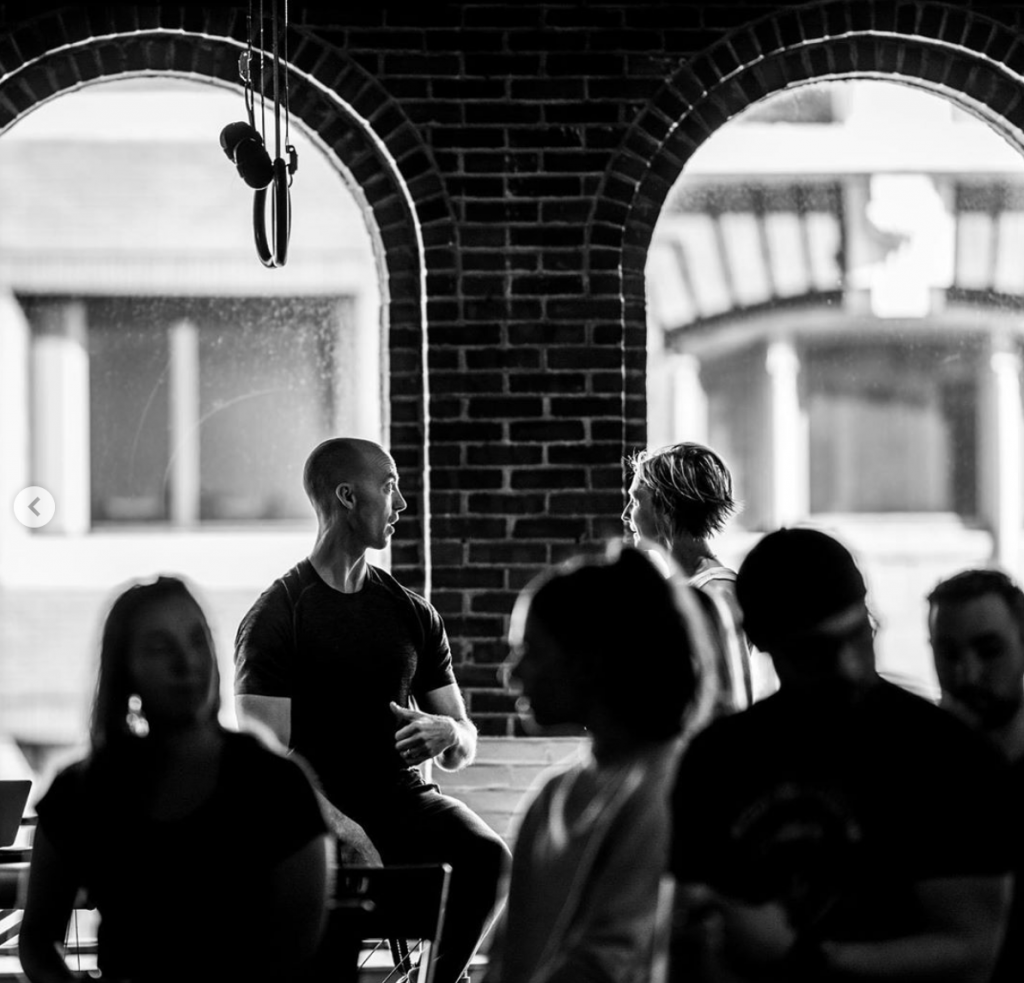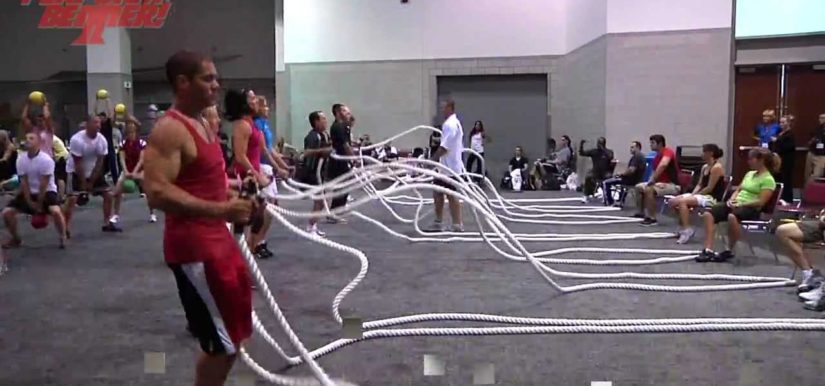NOTE: The term “Porcelain Post” was invented by Brian Patrick Murphy and Pete Dupuis. Without getting into the specifics, it describes a post that can be read in the same time it takes you to go #2.
Huh, I guess that was more specific than I thought.
Enjoy.

Trying to Answer a Question That Has No Right Answer
This past weekend I had the honor of teaching alongside my good friend Luke Worthington as we put on our 2-day Strategic Strength Workshop here in Boston.
Side Note: We will be teaching it again in London this September. You can find out more details HERE.
We had an eclectic group of 30 fitness professionals ranging from personal trainers and coaches to physical therapists and gym owners, young and old, newbies to those with more experience, all under one roof to listen to the two us speak about assessment, program design, coaching up specific strength exercises, and swoon over Luke’s British accent.

I’m all like, “blah, blah, blah, who’s your favorite Power Ranger?, blah blah blah.”
Luke and I covered a metric shit ton of information (FYI: which is more than a metric boat load), and as is always the case, we had a bevy of questions.
This is a good thing.
Nothing is worse than when you ask “does anyone have any questions?” and all you get is a bunch of tumbleweeds. I am elated when attendees ask questions, and I always attempt to answer every single one to the best of my ability.
Attendee: “Tony, what muscles upwardly rotate the scapulae again?”
Me: “Serratus anterior, upper and lower traps.”
Attendee: “Thank you. Also, can you put your pants back on?”
Me:
However, there’s one question in particular – which can present itself in a variety of ways – that I often have a hard time with when I present.
Invariably, after two days – and close to 14 hours of content – where I’m showcasing a litany of drills, exercises, concepts, and breaking down my way of doing things (which isn’t to suggest they’re the right way) I’ll get the following question:
“If I implement “x” exercise how long before my client will see results?”
I understand why it’s asked.
If I take the time to demonstrate a particular drill and how I like to use it for a given scenario, it’s only logical for someone to ask the question: “hey, if I use that, how long before it works?”
But the truth of the matter is…
…I don’t know.
How good of a coach are you?
I mean, how long did it take you to master deadlift technique, the intricacies of the Turkish Get-Up, or, I don’t know, the Five Point Palm Exploding Heart Technique?
Chances are it wasn’t overnight or during the course of a 1 or 2-day workshop.
Are you the type of coach who, after taking a weekend course, heads into work on Monday to torture your clients with new stuff you only knew existed a few hours prior?
Or, are you the type of coach who lets things marinate for a bit, gives yourself some time to understand the information, and try it out yourself before unleashing it to the masses?
My suspicions are that old(er) fitness professionals – or those with more experience – take the latter approach; they want to spend time with their notes, go through with a fine toothed comb, and really digest things.
Conversely, new(er) fitness professionals – or those with less experience – are quick to start posting “this cool new drill I learned” on Instagram.
So maybe there IS an answer here: Don’t be that coach.






